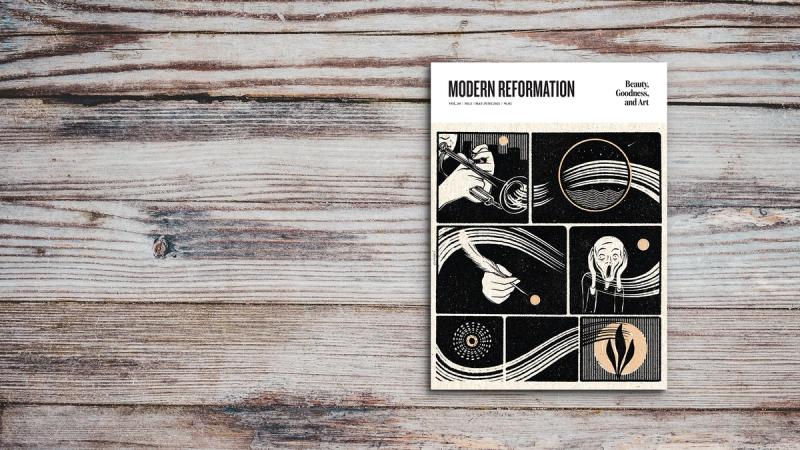All good gifts—from creation and providence to redemption and the consummation of Christ’s kingdom—come from the Father, in the Son, by the Spirit. The Father is the architect, the Son is the mediator, and the Spirit turns a house into a home.
Tracing the Spirit’s work through the Bible, we’re amazed at the breadth of his operations. Too often, we tend to confine the Spirit’s work to the church and the application of redemption. Jürgen Moltmann is justified in concluding that in both Roman Catholic and Protestant treatments, the Spirit’s work is often confined to the inner life of believers (Spirit of Life: A Universal Affirmation, 8). And Abraham Kuyper complains that too many devotional works are “crude superficialities” that confine “the Spirit’s operations entirely to the elect, beginning only at their regeneration” (Holy Spirit, 44–45).
If we introduce the Holy Spirit too late in the story (that is, the application of redemption), then we miss much of the action, and we can end up with a narrow and even distorted vision of the Spirit’s work—with the new creation focusing instead on the Spirit’s operations in the individual soul, seeming in contrast rather than continuity with the old creation as such.
When we begin with the Spirit’s work in creation, however, then the canvas of his operations widens. The Bible’s second opening verse tells us that the Spirit hovered over the watery chaos. As Calvin interprets, the Spirit’s expansion “over the abyss or shapeless matter” demonstrates “not only that the beauty which the world displays is maintained by the invigorating power of the Spirit, but that even before this beauty existed the Spirit was at work cherishing the confused mass” (Inst. 1.13.14–15; my italics).
The Father not only speaks matter and time into being as a royal fiat, but he does so in his Son—the same Son who became incarnate in the world, a creature according to his complete human nature, while remaining the sovereign Lord of nature and history. Furthermore, the Spirit is at work within creation to bring this perfect plan to completion. Unlike pagan creation myths, Genesis represents the chaos (“darkness and void”) of the original matter God brought forth by his speech as good. It’s not a force of evil, a personified monster; rather, it’s a messy artist’s studio that the Spirit turns into a beautiful gallery.
Because he is the Trinity, God not only acts upon this world but also in it and within creatures to bring about his intended goal. Let this vision inspire us as we consider the Divine Artist who never puts down his palette or brushes, even in the darkness and void of this fading evil age. He is still at work within creation—and within us—so we may “bring forth” splendid fruit for others to see, taste, touch, and enjoy.
Michael Horton is editor-in-chief of Modern Reformation and the J. Gresham Machen Professor of Systematic Theology and Apologetics at Westminster Seminary California in Escondido.






